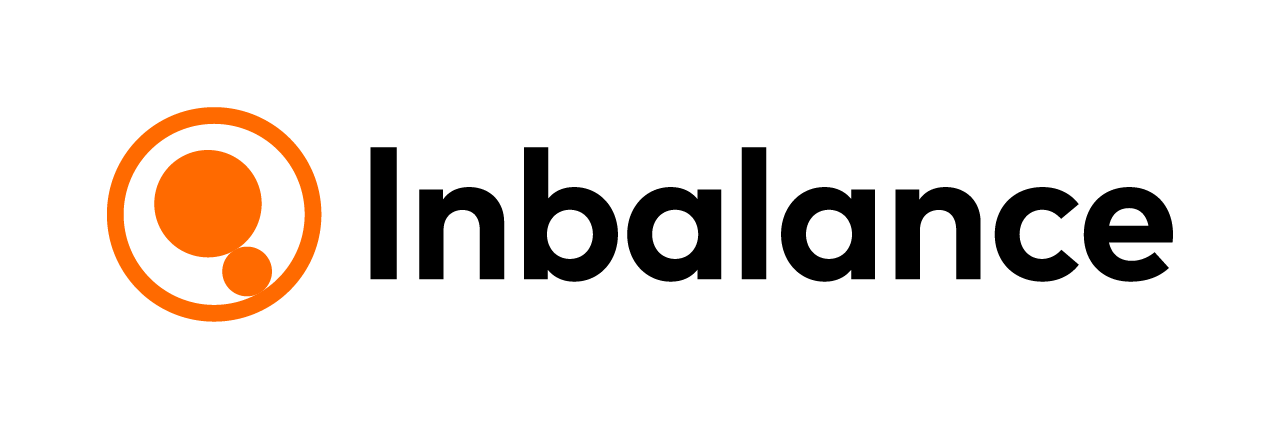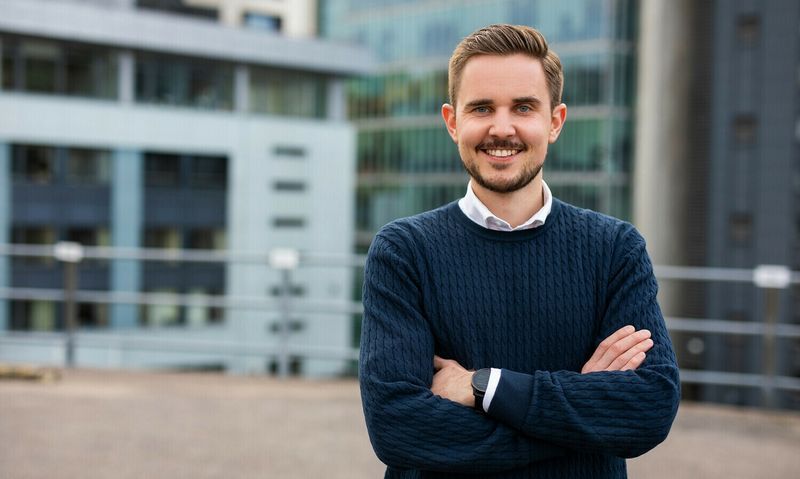Forced to choose

Lithuania Tech Weekly #64
Subscribe at philomaths.tech
Get your message out by sponsoring this newsletter.
Have an exciting job to share? Let us know.
Europe facing some harder choices, not so good getting bloody gas & oil anymore. We've been reading Adam Tooze's summary on this, while Kuodis has been talking on energy efficiency for years. Please switch to electric, now (nice Estonian e-bikes if you don't need an SUV to feel important, and even if you do - here is SUV from Šiauliai). Climate startups are hot at YC for a reason.
work in progress
- Fintech. Release of latest landscape report, which finds 265 fintechs, the largest hub in the EU in terms of licensed companies and a big leap in hiring - almost 6000 people working now. Significant increase in demand for compliance talents. Argyle keeps expanding remote, with a strong LT presence. Paystrax setting up in Klaipeda.
- Health tech. Feetsee is now an FDA-registered Class medical device. Oxipit was granted CE Class IIb certification for ChestLink autonomous AI imaging suite
- Venture. How did the Baltic venture get affected by the war in Ukraine? Jone (SWG) explains (in LT). With more early-stage funding, more platforms to make it work better. Ventury app is going granular on the Baltics, while Starwatcher.io is pulling data from across Europe. Landscape also offers reviews from the founders - easier to filter.
- Scale. Despite late-stage funding crashing, there will be decacorns in 2022 - and Vinted is likely one of them.
rounds and capital
- NuCapital, a fund of the investment company I Asset Management, provided a EUR 1.5 million loan to finance the development of Inbalance charging network (640 new charging stations planned). Learn more about Inbalance ambitions below.
- Agmis is launching an accelerator programme for early-stage European startups. It aims to help create a MVP in 3 months, with Agmis investing up to 200K Eur - on "code for equity" basis.
- ERA Capital is adding EUR 75k to support the growth of Mark ID
insights
- European Sports Tech report now available
- Silicon Valley’s Wealthiest Russian Is Carefully—Very Carefully—Distancing Himself From Putin
roleplay
Mindletic - Growth Manager
Dogo - Pricing Lead
Amberlo - UI/UX Designer
Monimoto - Customer Support Specialist
Lectrium - CTO and full-stack engineer
Podimo - Technical Product Owner
3 questions
Simonas Stankus, CEO, Inbalance Grid

What's the long-term vision for Inbalance? What business/ operating model are you after, and where geographically?
We have a few business models available, to be as flexible to our clients as possible. You can buy our charging station and/or subscribe operation services on top; the next one is called charging as a service (CaaS) – no need to buy and invest a lot of CAPEX, instead we offer a full hardware, software, and maintenance solution on a monthly payment basis; and finally – Financing, where we invest at the best locations, we build and operate the charging infrastructure at our own expenses and share a percentage of revenue from charging with the location owner.
Our mid-term vision is becoming top charging point operator in the Baltics and Poland. Mainly using the CaaS and Financing models as they do not require high initial investment from the client and allow us to roll-out our charging network faster. Ultimately, we see this fast and broad expansion as our way of contributing to Europe’s net-zero agenda. We believe that a wide and convenient charging network is likely to encourage people to switch to EVs.
In the long-term, we see our charging infrastructure as a part of the future grid, not just a charging socket. Our solution is based on power balancing (hence, Inbalance):
- Today this means that our charging stations can be installed with lower power reservations, yet still distribute maximum AC charging power by balancing the available power in real-time. This helps to save on costs for expensive power reservations and grid updates. Helps to avoid grid updates at all, thus avoiding material and CO2 impact to the environment.
- The next level is performing load balancing on a building level – we are also already doing that.
- Third level – grid balancing on a district, city or even country level by adjusting charging loads in accordance with the overall power supply and consumption. This means employing our charging infrastructure to keep the grid in balance – avoid congestions or shortages, integrate a larger share of renewable energy into the transport sector. We have the tech know-how and concepts to become such player (even a successful pilot project in Vilnius with national grid operator (ESO)). To perform this role at scale, we need a large network of charging stations and mass adoption of EVs, but this is the long-term vision, to help the grid. Our heritage electricity distribution grids will be under more and more pressure and instability as we are moving away from fossil fuels to electricity, to electric transportation, to renewable energy.

What impact do you see (expect to see) with the war in Ukraine and rising fuel prices?
Naturally, seeing rising fuel prices make people consider switching to EVs. We’ll see in the next years’ statistics whether the effect materialized. However, the automotive sector is still struggling with its supply chains from COVID, and the war is yet again causing a great deal of disruption. As a result, the prices of EVs might not be going down to the level of cars with internal combustion engines (ICE) as fast as expected before. Also, the waiting period for a car to be delivered are stretching further. These are the barriers, limiting the adoption at the moment, limiting the steepness of the adoption curve.
On the other hand, given our dependency to Russia on fossil fuels, it is crucial to be moving away from that even faster. Driving electric is one of the ways to do so.
Another case - when petrol is not always available, EVs are on the streets of Kyiv.
How should Baltic countries (entrepreneurs and governments) approach transport electrification?
The government is betting on electrification – EU Covid response funds (RRF) shall be allocated to electrification, there is also new legislation obliging new buildings to be equipped with charging stations (20% of parking spots). So, it’s going both ways – by pushing businesses to move, but also by providing support and subsidies. However, the subsidizing mechanisms are still being drafted in the ministries and we are waiting to see the final form of them. The hope is that the government and municipalities does not decide to start running the charging business on their own and gives the opportunity to charging point operators.
The process of transport electrification requires shifts in businesses’, governments’, and people’s mindset and behaviors. Currently, the habit from ICE cars is to drive to the petrol station and fill up. This dictates the opinion that we need a lot of public fast chargers. Meanwhile, electricity, unlike petrol and diesel, can be supplied almost everywhere, there’s no need to drive to a specific location. Therefore, EVs should be charging whenever they are not driving – during the night at home, during the workday at the office, while shopping – this is called destination charging and completely satisfies our daily driving needs while fast charging is needed only for intercity trips. Given that fast-charging stations are super expensive and cause significant stress on the grid, the most sustainable and economically logic distribution would be 90% normal chargers, 10% fast chargers. However, as mentioned, due to the current practice of fuel stations, the mindset is to also charge fast and demand fast chargers on every corner. The infrastructure and hardware costs are at minimum 5 times higher than normal power charging, therefore, the roll-out this way would be much slower, and the coverage limited.
What else is missing is attention to smart charging in the government planning. I described our balancing solutions above and we are developing them not without a reason. The numbers, forecasts and current hot spots are showing that there will be a problem with the distribution grid. Meanwhile, it is either being ignored or they are planning to invest millions in grid expansion. Balancing and smart charging could solve or mitigate the problem and ease up those millions to be directed to for example building more charging stations or to subsidy EV purchases. Not to mention that doing major construction work when it is not necessary and can be avoided is very environmentally unfriendly.
And smart solutions in general are being overlooked. The short sight approach is to install a device that is able to transmit electricity form the mains to the car and that’s it. We call it a “dummy socket”. However, if we all agree that EVs are the future and the green path we want to follow – we must think about the scale from the very beginning. What happens when we need another socket, or tens of them? How sustainable and cost-efficient is the expansion? How do we perform and optimize the maintenance? What kind of data we want to gather from charging and how do we process it? How can we predict and handle the supply and demand? What happens to our grids and so on. EV charging is a new and ever-growing industry with a lot of innovations cooking. Even if under current numbers of EVs this might seem unnecessary, we must be preparing and creating a future-proof network in advance.
Member discussion